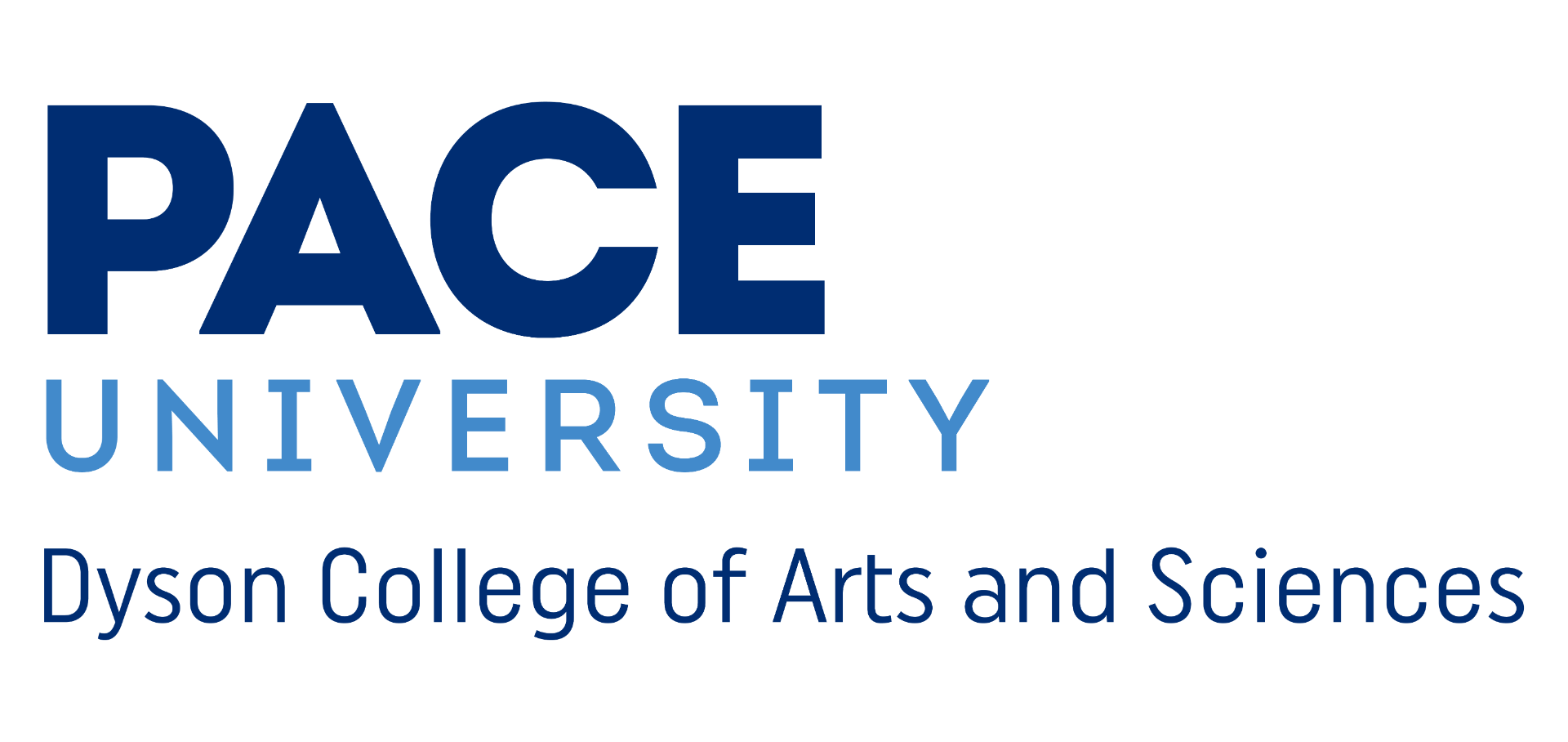Today marked an enormous step in our production process. It was one of those days where nothing went as planned. We had interviews cancelled on us and rain downpouring on us in the middle of interviews. However, as a result of this chaos, we gained experiences we would not have had without the interferences.
We saw the destruction that was a result of the Kilauea eruptions that took place in 2018. One crew went to a locals house for an interview to discuss his experience during the eruptions. A film class from the University of Hawaii was shadowing us to learn more about the production process. From there, we met Phil Ong, a local hero who was identified through his role of civilian scientist during the eruption. His interview started and restarted several times due to unpredicted rainfall in the area.
After this interview, a small crew went to fissure 8 to shoot an interview and film the impressive scenery in the surrounding area. We continued to plan interviews on the spot and collect extra footage for our film. After lunch, two students went out to a local boutique shot where they met someone who had almost six acres of her farmland destroyed by the eruptions. The crew was able to interview her on the spot about how she lost her way of life.

It turned out that her father made international news as the man who would not evacuate his property before the eruption. He was escorted out of his home by the police the day before the eruption and died one month later of a heart attack. Her daughter told us that he no longer had anything to live for, but she was not sure of the correlation between the two events.
Luskay’s team visited the Civil Defense Agency to meet with Talmadge Magno, who was the administrator. Magno has worked closely with USGS, HVO, and Hawaii Volcanoes National Park. From there, the team went to Leilani Estates, where local resident Robert Golden took us beyond the “no trespassing” sign into the fissure eight ground. Two interviews took place after the crew visited the fissure where they experienced sulfur dioxide in the air.
The plan for the rest of the day was to make an offering to Pele, the volcano goddess, and then attend Uncle Robert’s night market to experience the culture. On their way to the market, one crew stopped to collect an offering of several severed coconuts. The coconuts were severed by a local and prepared specially for the goddess.
As this preparation was underway, the crew was able to explore one of the most beautiful black sand beaches on the island. The night market only takes place on Wednesday nights and the crew was lucky enough to go to the beach that was connected to the market to see the supermoon before attending. We made the offering before the moon rise and planted several coconuts and drank the water from others. This spiritual ritual left us all enlightened and more in touch with the culture of Hawaii. After, we were able to enjoy market that took place in the streets.
As the day came to a close, we all realized how much more in touch we became with the culture than ever before. At this point in our production process, we were finally able to understand the sense of community and the connection to nature that the local Hawaiians have been talking to us about.





